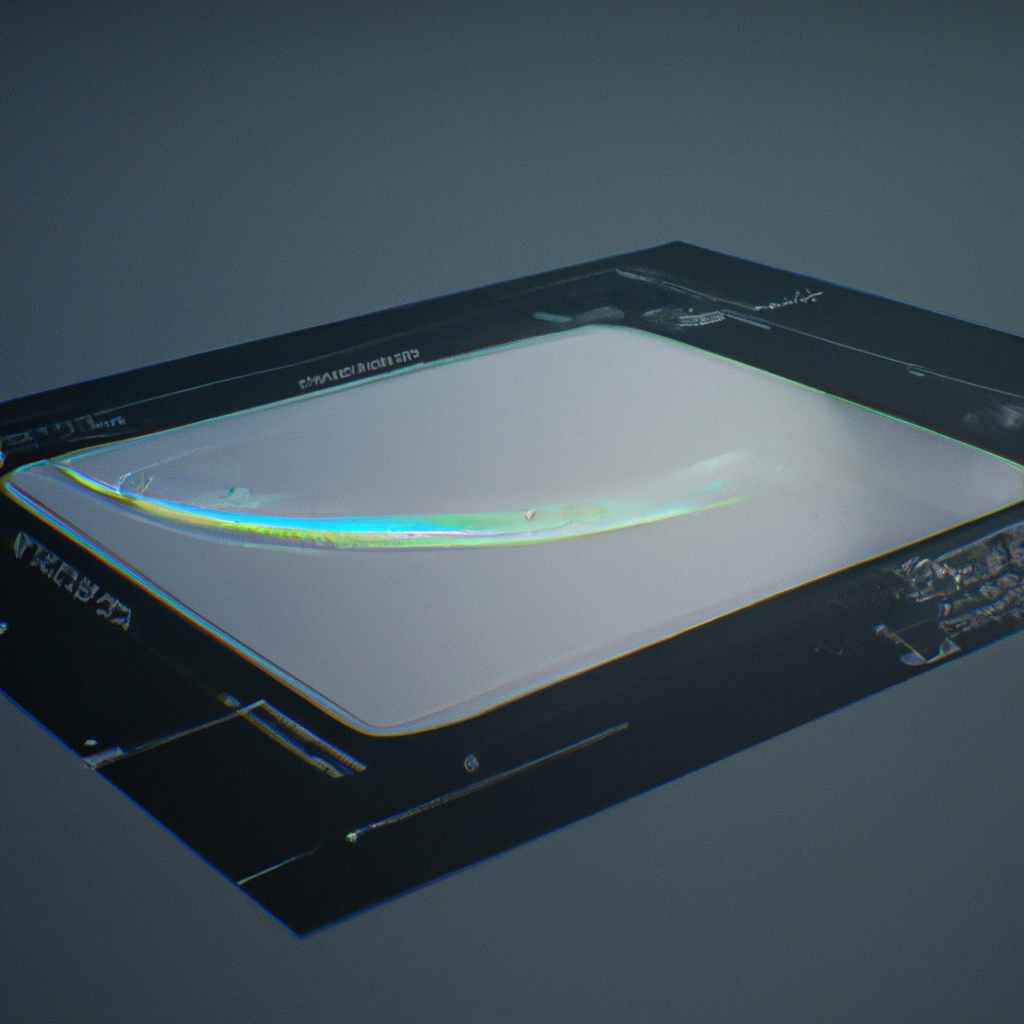Holographic Displays: Exploring the Wonders of Hologram Technology
Holographic displays have become a hot topic in recent years, thanks to their ability to create stunning 3D projections that blur the line between reality and virtual reality. These displays use hologram technology to create holographic imaging that can be viewed by the human eye without the need for any special glasses.
How do holographic displays work, you may ask? In this article, we will explore the science behind this incredible technology and how it is used in spatial computing, augmented reality, and other areas.
Understanding Holographic Optics
To understand how holographic displays work, it’s essential first to understand the concept of holographic optics. Holographic optics is the study of how light waves interact with holographic materials to create 3D images.
Holographic materials are specially designed to diffract light waves in such a way that they create an optical illusion. When light waves pass through a holographic material, they are diffracted at different angles, creating an interference pattern. This interference pattern contains information about the object being projected, which is then reconstructed by the human eye to create a 3D image.
Holographic Projection: The Basics
Holographic projection is the process of using holographic materials to project images in 3D space. This can be done in various ways, including using lasers, LED lights, or other light sources.
To create a holographic projection, a 3D model of the object is created using specialized software. This model is then projected onto a holographic material, which diffracts the light waves and creates an interference pattern. This pattern is then projected into 3D space, creating a lifelike image that appears to float in mid-air.
Spatial Computing and Augmented Reality
Holographic displays are often used in spatial computing and augmented reality applications. Spatial computing is the use of computer technology to create interactive experiences in physical space. This can include anything from virtual reality games to real-time data visualization.
Augmented reality, on the other hand, is the integration of digital information into the real world. This can include anything from adding virtual objects to a real-world environment to overlaying real-time data onto a physical space.
Holographic displays are perfect for spatial computing and augmented reality applications because they can create lifelike 3D images that appear to be part of the real world. This can create immersive experiences that blur the line between reality and virtual reality.
Uses of Holographic Displays in Various Industries
Holographic displays are used in various industries, including entertainment, healthcare, education, and more. They are used to create lifelike 3D images that can provide a more immersive experience than traditional 2D displays.
In the entertainment industry, holographic displays are used to create lifelike 3D images of performers that appear to be on stage. This can create a more engaging and immersive experience for the audience.
In the healthcare industry, holographic displays are used to create lifelike 3D models of the human body that can be used for training and education purposes. This can provide medical professionals with a more realistic and engaging way to learn about the human body and various medical conditions.
Conclusion
In conclusion, holographic displays are an incredible technology that uses hologram technology to create lifelike 3D images. They are used in various industries, including entertainment, healthcare, and education, to create immersive experiences that blur the line between reality and virtual reality.
Holographic displays are an essential component of spatial computing and augmented reality applications, providing users with a more lifelike and engaging experience. With the advancements in hologram technology, we can expect to see even more incredible holographic displays in the future.







